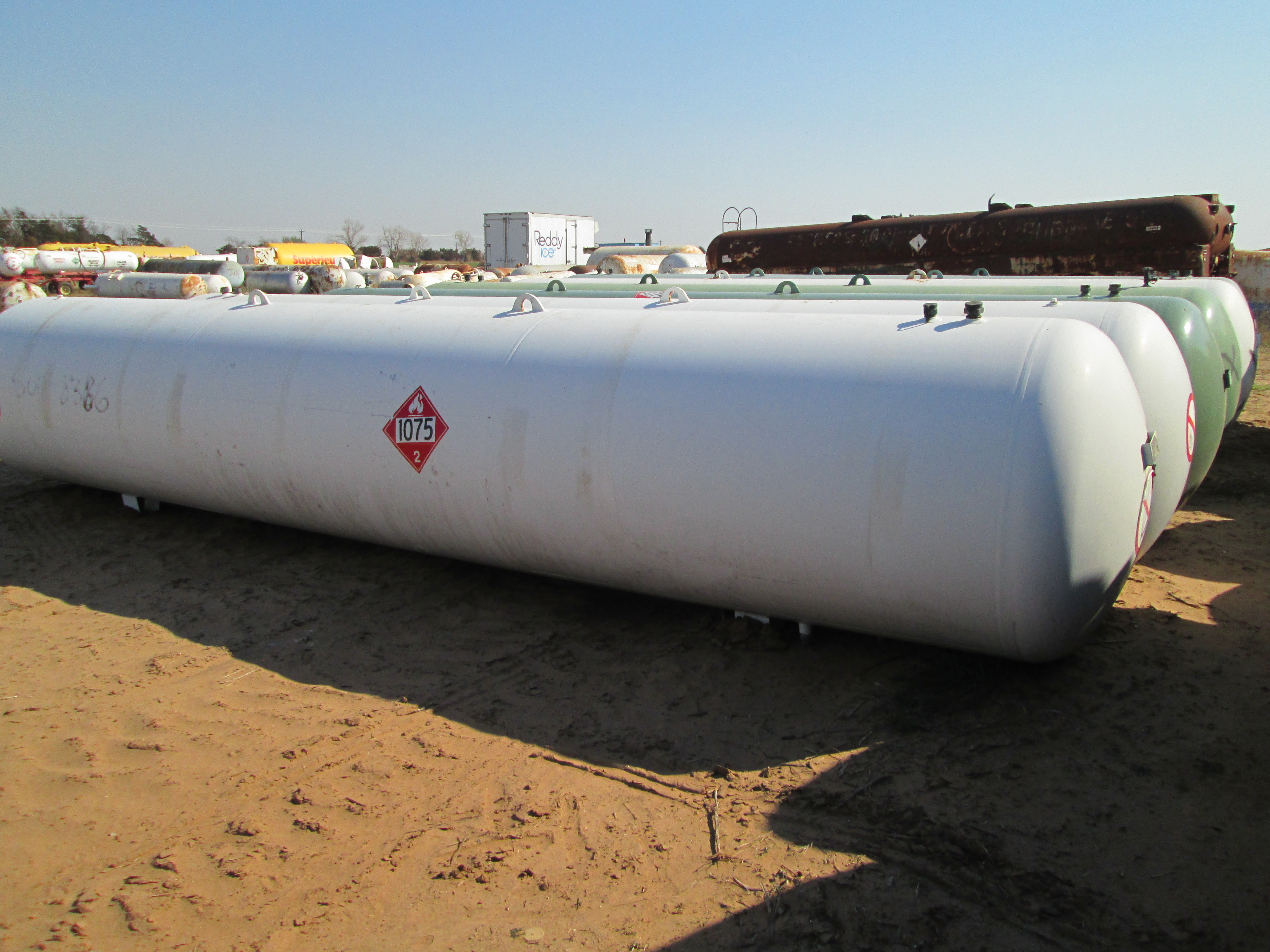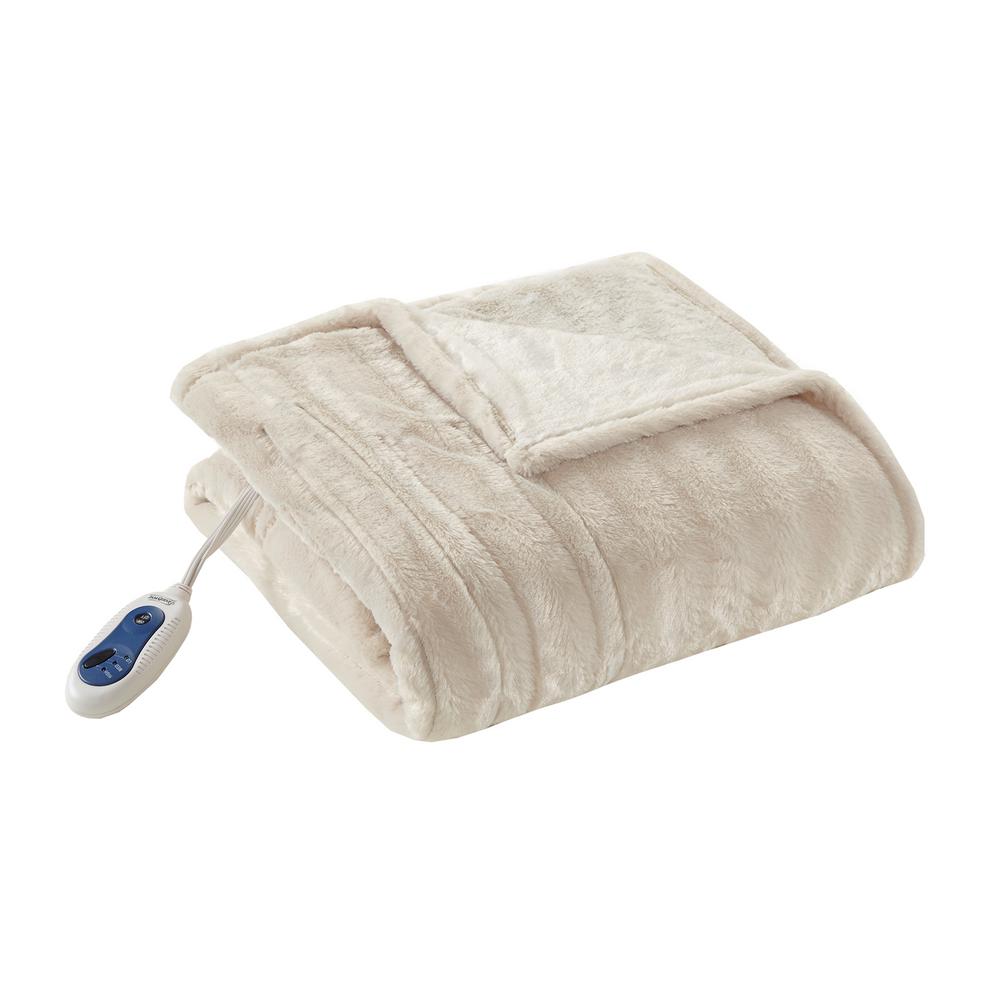

When British Railways took over from the Great Western Railway the use of Great Western lamps continued. Western Region Class 37s can be identified by 'cow horns' around halfway up on the outer edge of each end of the lamp brackets. There are several differences between particular locomotives, some of them easily seen.

In the 2010, they were used on passenger services on the Cumbrian Coast line and Wherry lines. Some were fitted with electrical train heating (ETH) equipment in the 1980s to become the 37/4 sub-class, initially for use on the West Highland Line, the Welsh Marches line and South Wales - Bristol area services and Far North Lines but later seeing use in north/mid Wales and occasionally the West Country. With the withdrawal of many Type 2 and Type 3 locomotives in the 1980s the 37s were selected as the standard Type 3 and many of the fleet were given a heavy overhaul to prolong their life into the 1990s and beyond. Many of the original locomotives were fitted with boilers for steam heating. The class was designed for both passenger and freight work and was as much at home hauling heavy goods trains as it was on passenger services. Tractor, also Syphon, Growler or Slugs ģ5 preserved, 67 still in service, remainder scrapped Main: English Electric EE822, Aux EE911/5C English Electric Type 3Įnglish Electric at Vulcan Foundry and Robert Stephenson and HawthornsĤ ft 8 1⁄ 2 in ( 1,435 mm) standard gaugeġ00 long tons (102 t 112 short tons) to 105 long tons (107 t 118 short tons)Įxcept 37/7 and 37/9 class - ballasted to 120 long tons (122 t 134 short tons) Ĩ90 imp gal (4,000 l 1,070 US gal) increased to 1,690 imp gal (7,700 l 2,030 US gal) on rebuild ģ7/9:Mirrlees Blackstone MB275Tt or Ruston RK270Tt Fabby Fabby Not the answer you're looking for? Browse other questions tagged partitioninggpartedsd-card or ask your own question.


 0 kommentar(er)
0 kommentar(er)
